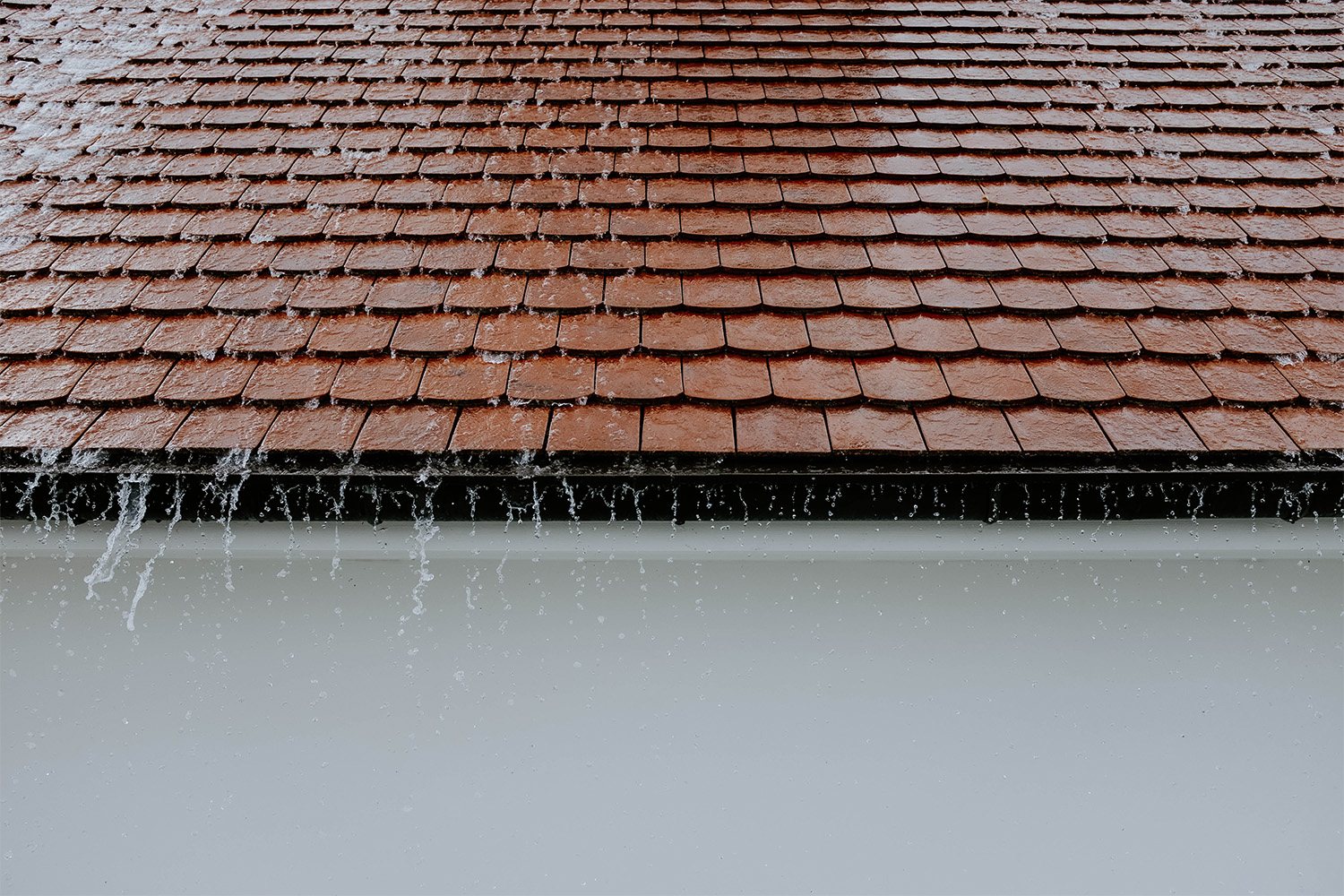Architectural Roofing & Waterproofing
Share

Simpson, Gumpertz & Heger (SG&H) hosted the Architectural Roofing & Waterproofing (ARW) Live conference, at their Waltham office, to provide a day-long series of educational courses that focused on the design of building envelopes.
Each of the presenters addressed common issues with building envelopes and the misconceptions that are commonly applied to the design of commercial roofing, insulation, and waterproofing. Although the topics were more focused on the architectural and engineering difficulties, there was also plenty of knowledge to be gained for contractors. I approached this conference with the intent of gaining something new that I could apply to my job.
Waterproofing is a very prevalent issue on the Brookside Square project because of the high water table that is encountered along Nashoba Brook in West Concord. The foundation of the building will consist of a pre-applied waterproofing membrane beneath the slab and bituthene post-applied waterproofing on the foundation walls. The building also consists of a breezeway at the first-floor retail space, which sits above the below-grade parking garage. This breezeway requires a waterproofing system because it is open and acts similarly to a plaza deck. It was interesting to listen to the presenters discuss the issues that arise from these systems and how to properly design them for successful drainage. This discussion made me more aware of the purpose of each component, such as the need for bi-level drains so that both surface water and subsurface water have a place to exit.
The ARW conference also brought to my attention the issues of stone ballast on vegetative roofs. The presentation by SGH’s Philip Moser highlighted the fact that many building codes no longer allow the use of stone ballast in hurricane-prone regions. Did you know, according to the Building Code, the greater Boston area is considered to be a hurricane-prone region? The Brookside project is located within the designated region and has stone on the green roof so the use of aggregate for a roof covering will need to be further researched.
Overall, the conference was thought-provoking because it allowed me to get a much more in-depth understanding of the waterproofing design and the criteria that must be met to ensure a successful assembly. Thank you ARW Live!